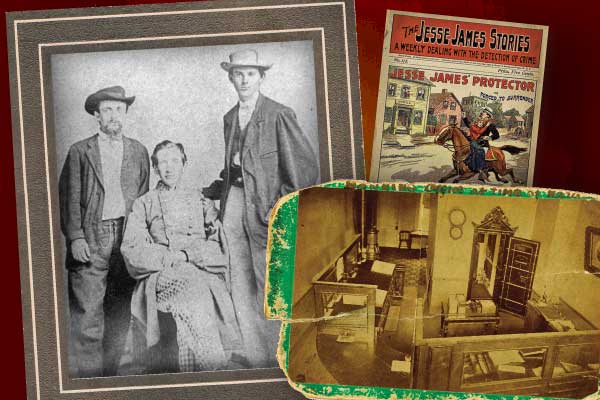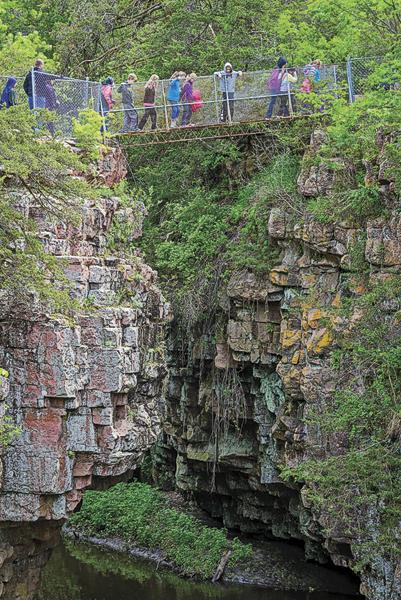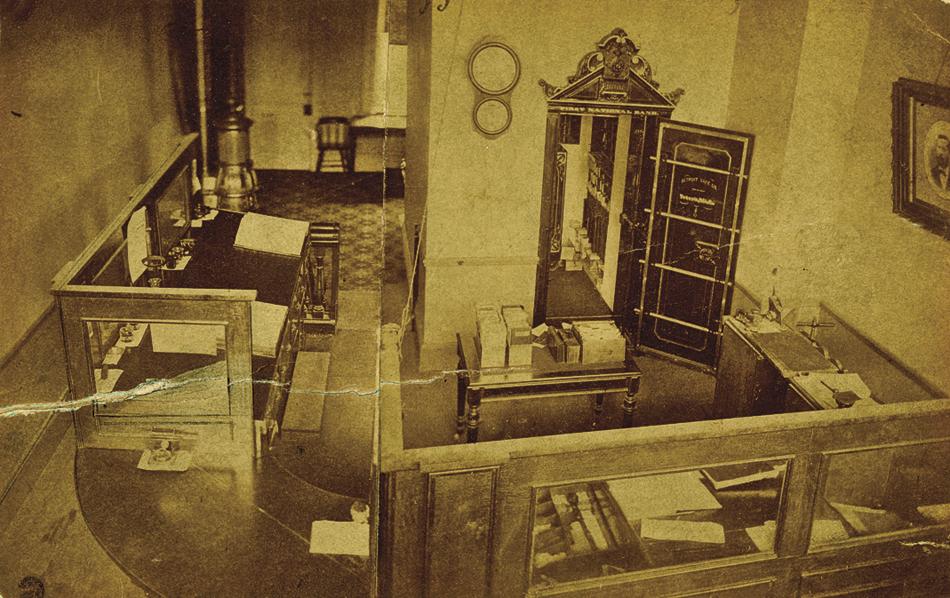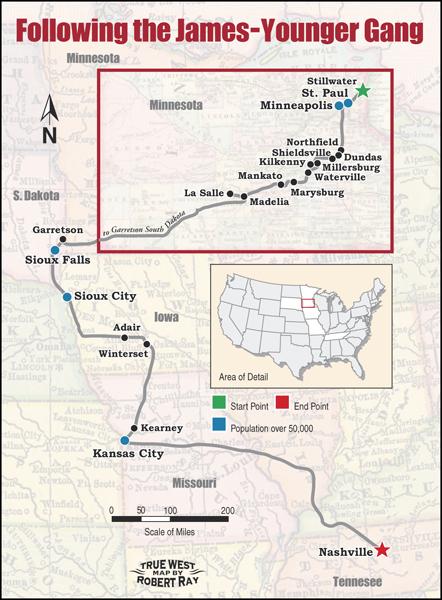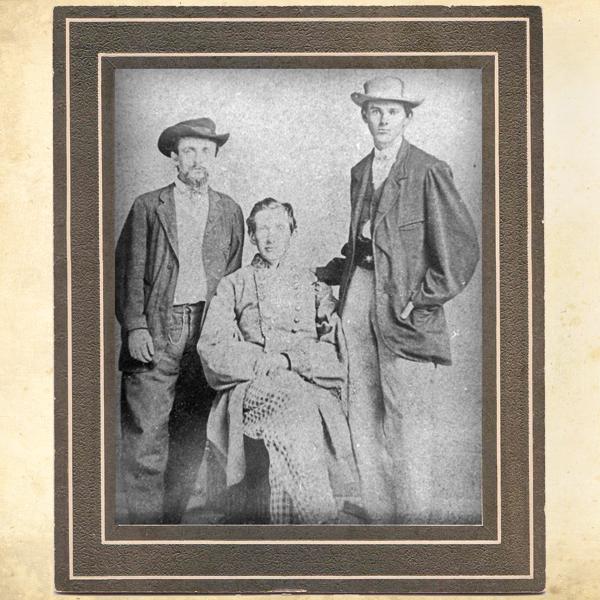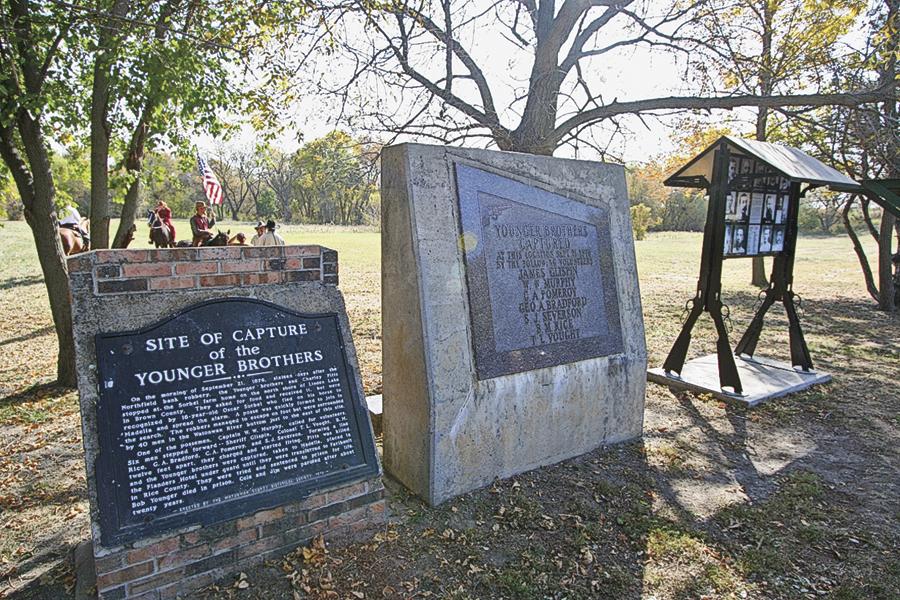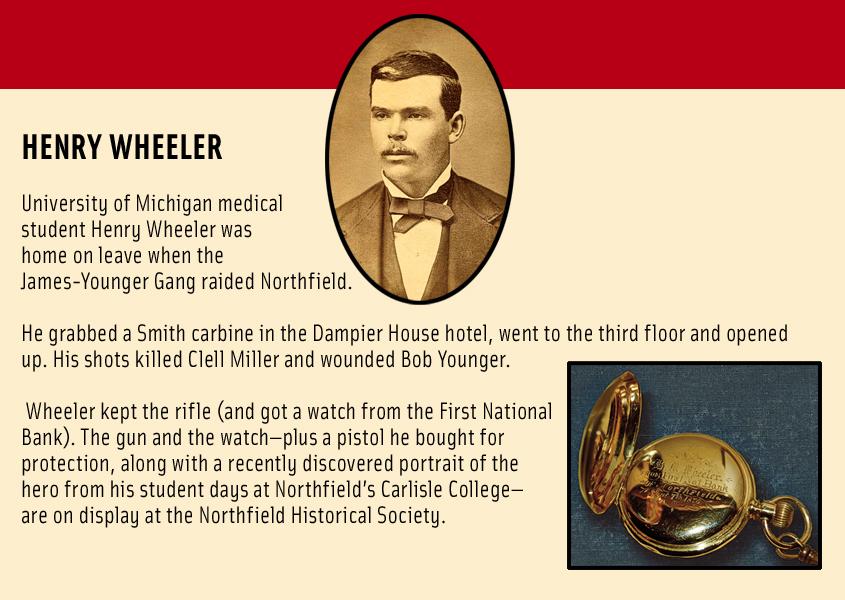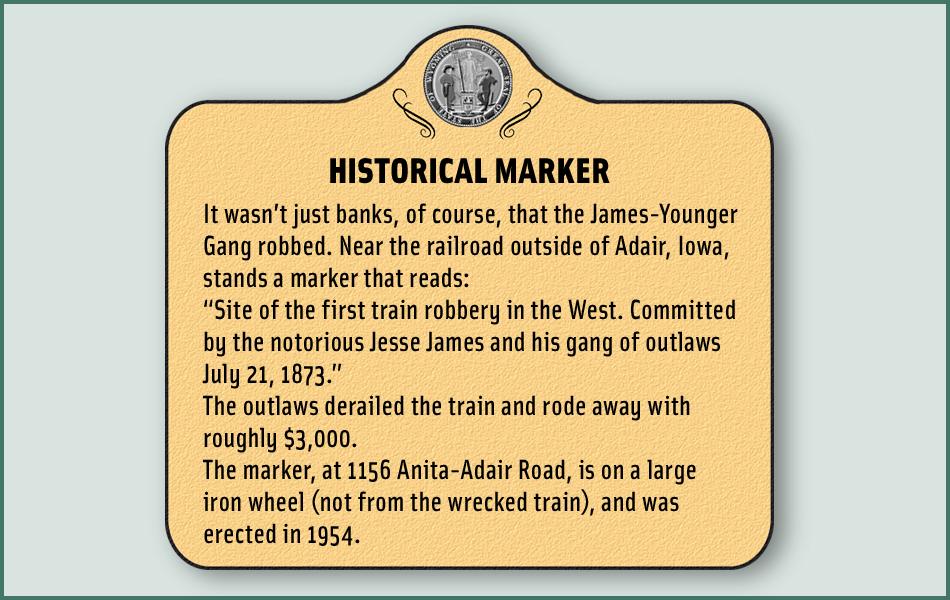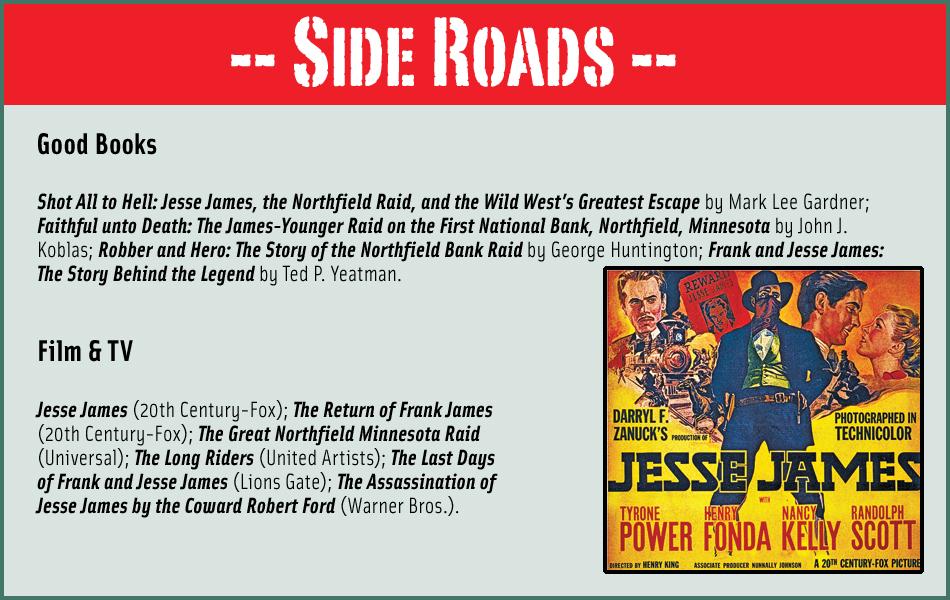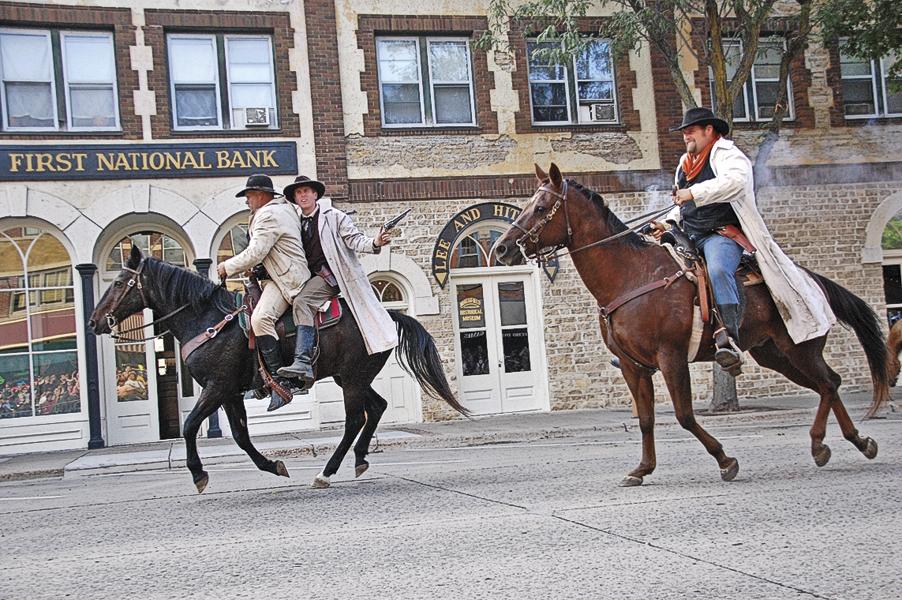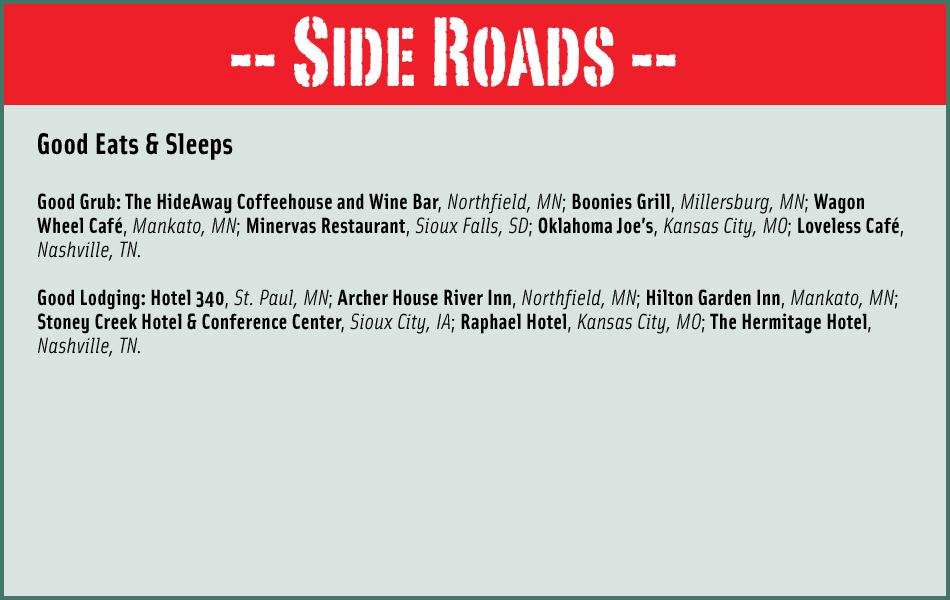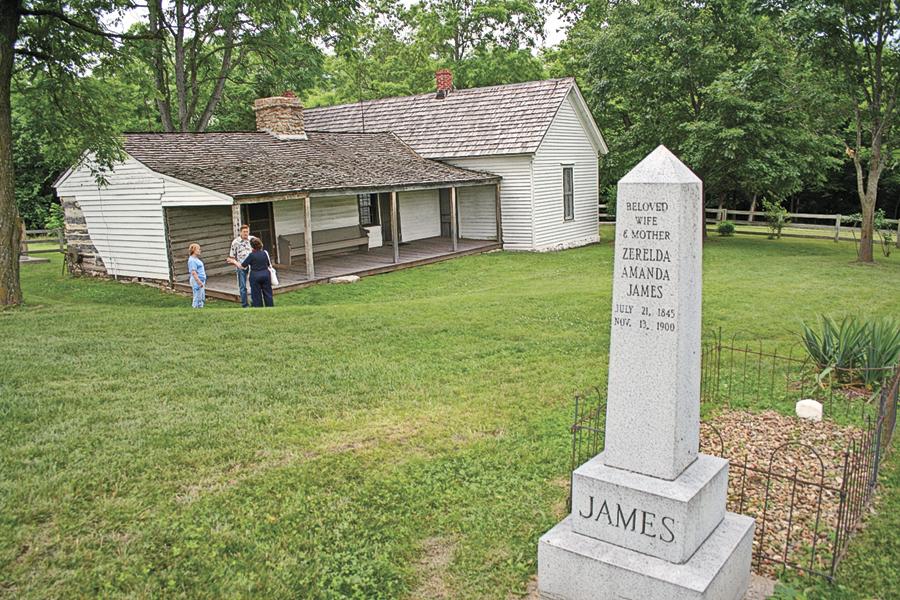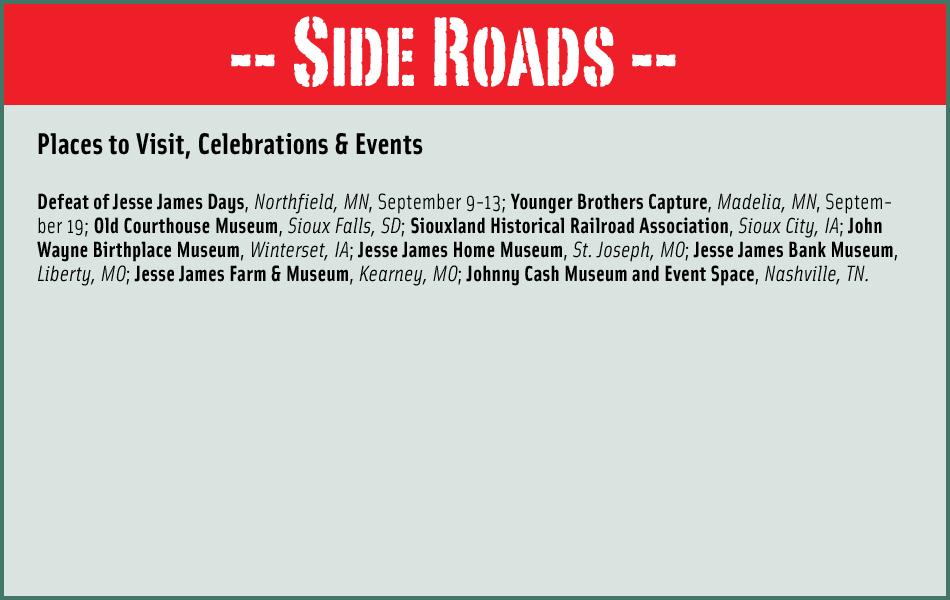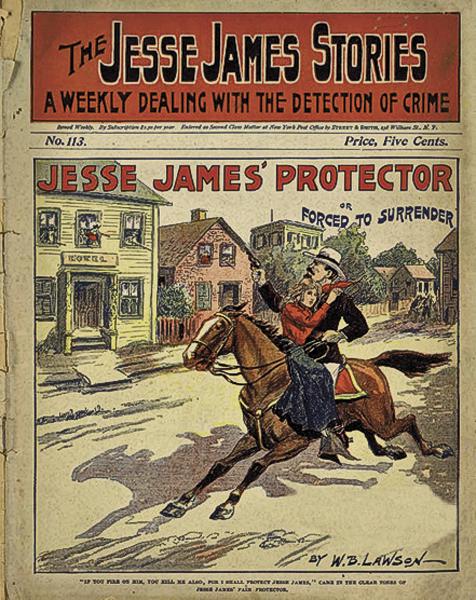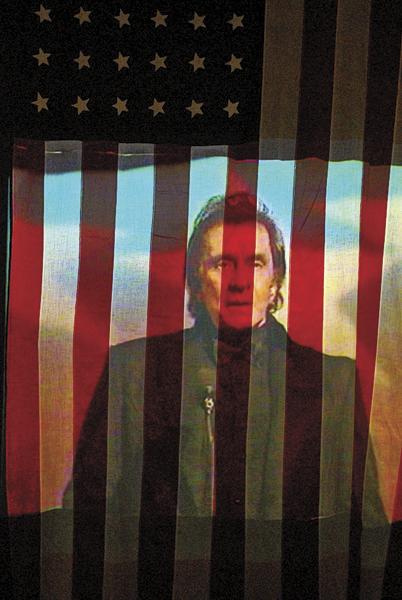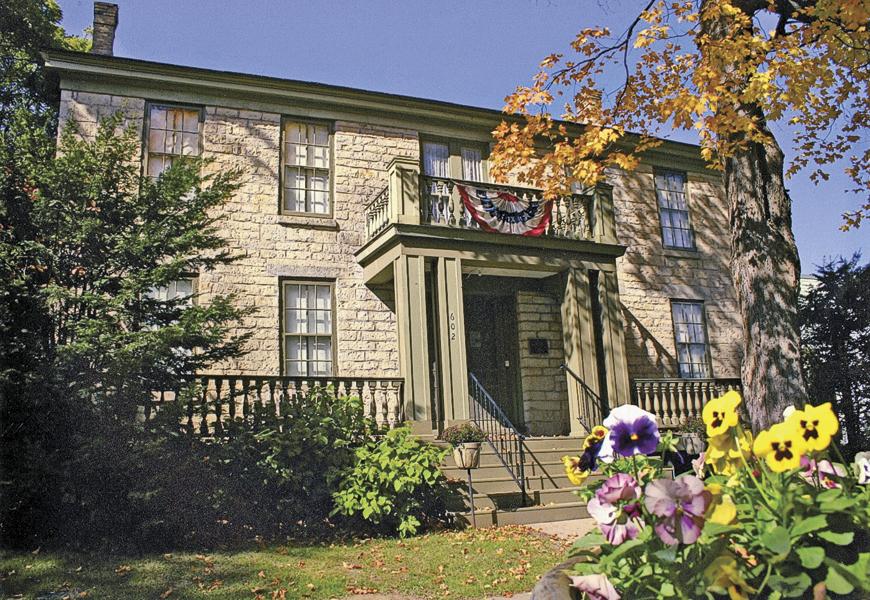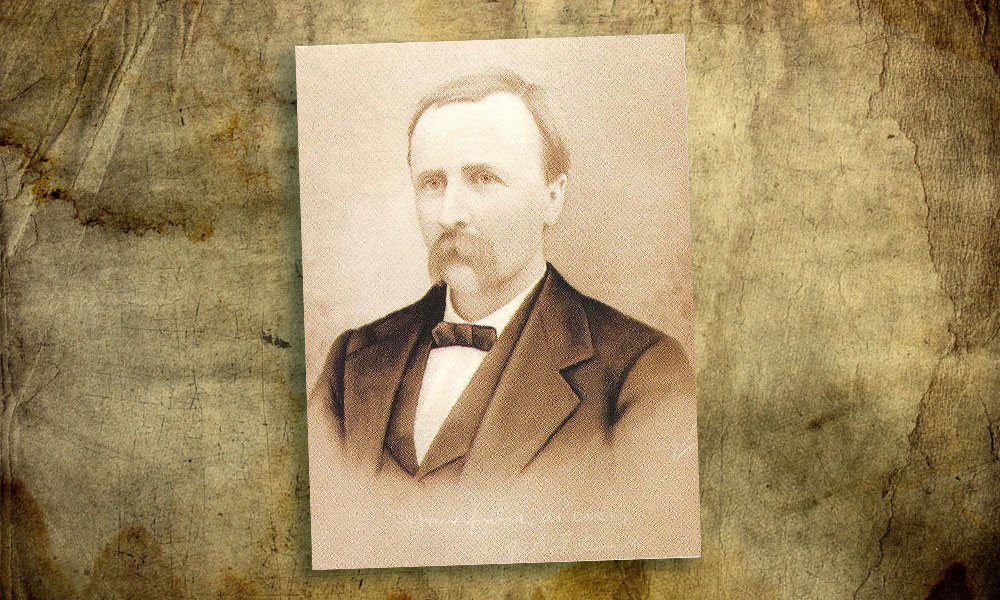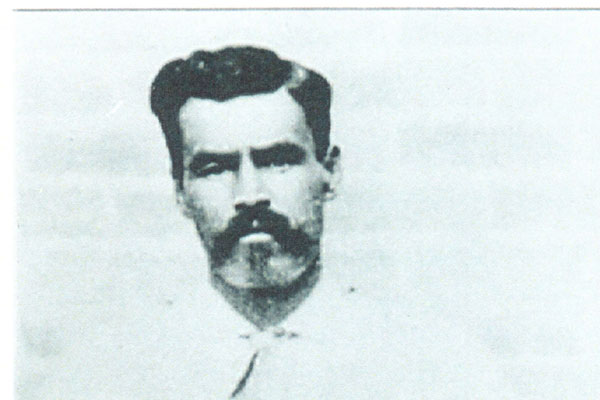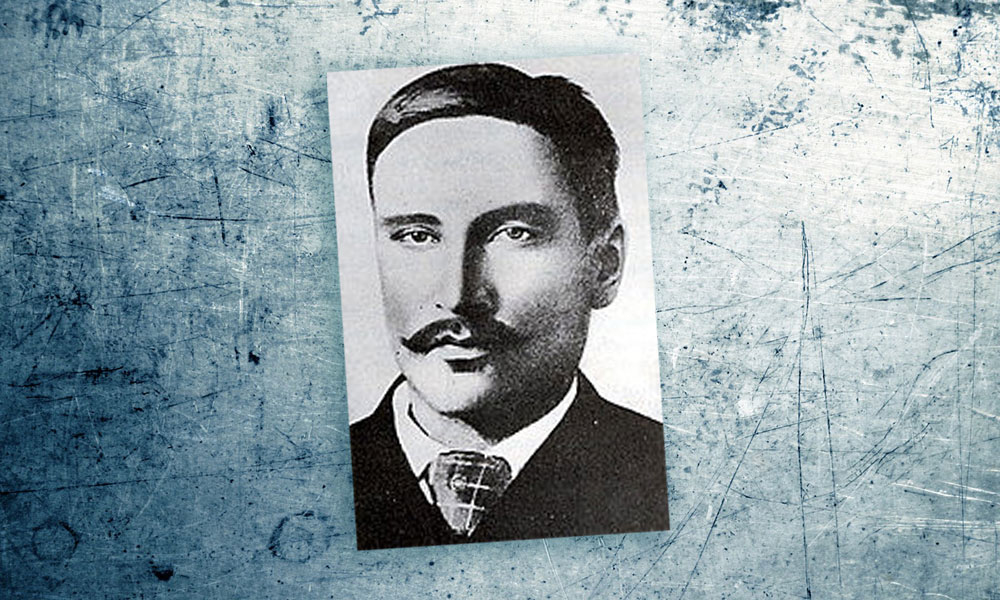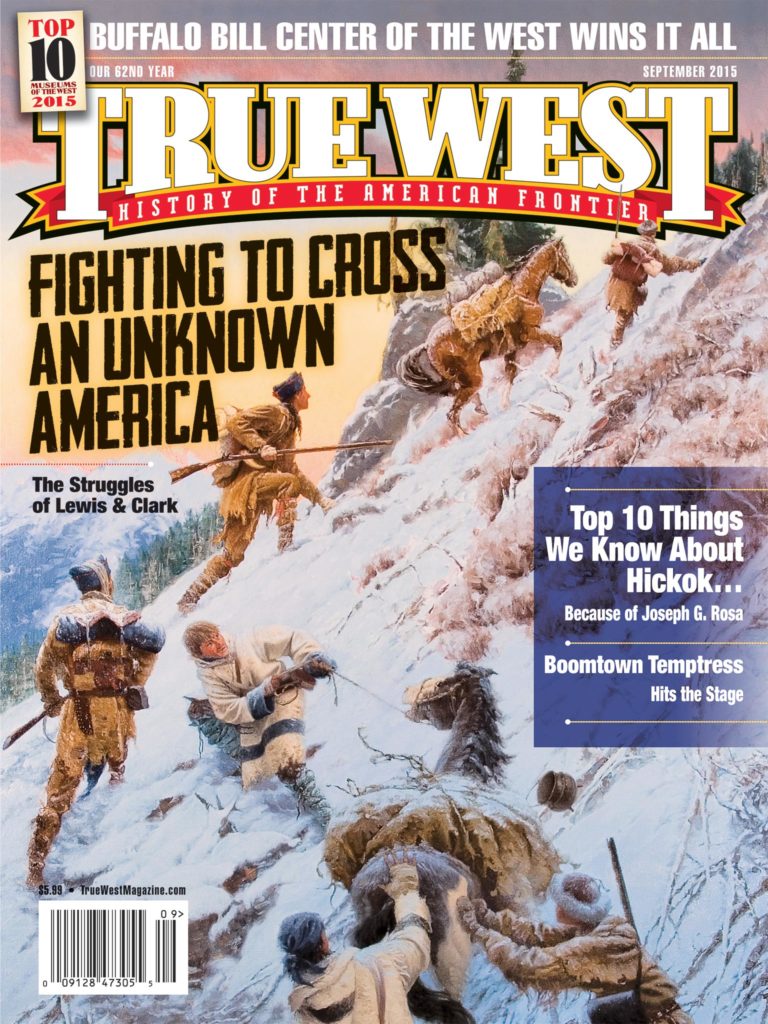 No, Bob, Cole and Jim Younger did not own a condo here at Terra Springs.
No, Bob, Cole and Jim Younger did not own a condo here at Terra Springs.
Oh, the boys lived here, all right—till Bob’s death in 1889 and Cole and Jim’s parole in 1901—but that was long before the Minnesota State Prison in Stillwater was replaced by a new one in Bayport in 1914.
The prison that housed the Youngers was torched by arsonists in 2002, and has been converted into condominiums.
Crime does not pay, children. In 1876, shot to pieces and captured roughly two weeks after botching a bank robbery in Northfield, the Youngers were sentenced to life in prison. Only Cole would make it home to Missouri. Jim killed himself in 1902.
Condos aside, Stillwater, located on the Saint Croix River just across from Wisconsin, hasn’t forgotten its history, or the James-Younger Gang. The Warden’s House Museum, open May through October, displays regional and prison artifacts, including some made and used by the Youngers.
Bad Career Move
After carousing in St. Paul and Minneapolis (check out the Minnesota History Center in St. Paul) and exploring the state for a fat bank to rob, the boys chose Northfield.
Around 2 p.m. on Thursday, September 7, 1876, Frank James, Bob Younger and Charlie Pitts walked into the First National Bank on Division Street. Clell Miller and Cole Younger rode up and dismounted, with Younger pretending to adjust the saddle cinch while Miller closed the door the robbers inside had forgotten to shut.
When the plan went to hell, Jesse James, Jim Younger and Bill Chadwell galloped in from Mill Square, guns blazing.
Roughly seven minutes later, the surviving robbers—most if not all of them wounded—galloped out of town on five horses. They left Miller and Chadwell dead on the streets, one bank employee murdered, another employee wounded and one transplanted Swede mortally wounded. They had managed to ride off with $26.60.
But how could Jesse and Frank James manage to escape one of the largest manhunts in U.S. history?
Northfield
Keep in mind, of course, that Jesse James is like George Washington. Appar-ently, he slept everywhere. The trail you follow is up to interpretation.
Two books are worth taking along for the ride: John J. Koblas’s Jesse James Ate Here (North Star Press of St. Cloud, 2001) and Caught in the Storm: A Field Guide to the James & Younger Gang Escape Trail (Northfield Historical Society Press, 2008), a Student Community Outreach Program Experience project. Pick up copies, if available, at the Northfield Historical Society.
That’s located at the First National Bank of Northfield, which the society bought in 1975 and restored to its 1876 appearance. Executive director Hayes Scriven keeps history at the forefront. No legends, just facts.
The best time to visit is during Defeat of Jesse James Days (September 9-13 this year), when local historian Chip DeMann leads new versions of the James-Younger Gang in historically accurate re-enactments of the raid. DeMann has being doing this for 40-odd years, longer than Jesse James lived.
Visit the grave of Joseph Heywood, the acting cashier who was killed (probably by Frank James) after refusing to open the safe, in the Northfield Cemetery before following the wounded boys out of town.
The Way West
Roughly three miles south of Northfield, the outlaws bathed their wounds in the Cannon River and crossed the Dundas Village Bridge on what is now County Road 1, slowing their horses as they rode through the village known for its flour mill (the ruins, listed on the National Register of Historic Places, can be seen on Railway Street).
After stealing a horse outside of Dundas, they followed the Dodd Road into Millersburg.
Nicolaus Gustavson, the Swede who had been killed (likely by Cole Younger) in Northfield, was a member of the congregation of the Christdala Swedish Lutheran Church in Millersburg, although the pretty church standing here was not built until 1878.
Cole, Bob and Chadwell might have stayed at the Millersburg Inn/Cushman House before the robbery. I don’t know, but I do know that DeMann once bought me a burger and a couple of beers at Boonies Grill, and the Frank James Burger was mighty tasty. You can get a Jesse James Burger, but it comes with sour cream and I like sour cream about as much as Frank James liked bank cashiers.
In Shieldsville, a posse actually beat the boys to town. But they were thirsty, so the manhunters stepped inside a joint for beer, leaving their guns—unloaded—in a wagon. The boys arrived five minutes later, watered their horses, and when the posse came outside, they stared down the bores of the boys’ weapons, which were loaded. The outlaws rode away.
Manhunt All Wet
The subtitle to Mark Lee Gardner’s Shot All to Hell, an excellent account of the Northfield raid, is “Jesse James, the Northfield Raid, and the Wild West’s Greatest Escape.” Mark’s a nice guy. He could have easily called it “the Wild West’s Most Incompetent Manhunt.”
Wounds tormented the boys. Blood loss weakened them. To make matters worse, it rained for 14 consecutive days. Yet, despite various posses totaling 1,000 men, the outlaws eluded capture until Hanska Slough on September 21. And Frank and Jesse made it home to rob and murder for six more years.
You’ll follow county roads through the Big Woods and farm country—Kilkenny, an Irish town on the Dodd Road; Waterville; Klondike Hill near Elysian; Marysburg, where the fleeing outlaws heard a Catholic church’s bells ringing, and left their horses to travel afoot; and finally Mankato.
Stop in Mankato at the Blue Earth County Historical Society, a research center and museum. Legend has it that the boys considered robbing the First National Bank of Mankato on September 3, but decided against that plan and headed to Northfield. The Prairie School brick building standing at 229 S. Front Street, however, wasn’t built until 1913.
The boys split up near what is now Minneopa Falls State Park near Mankato. Historians still argue over the reasons, or how civil the parting was.
Nabbing the Youngers
After the Jameses rode off, the Youngers’ flight ended at Hanska Slough near La Salle. Overtaken by a posse from Madelia, the Youngers and Pitts decided against surrender. Seven volunteers walked into the thicket to shoot it out. When the smoke cleared, the Youngers were badly wounded and Pitts was dead.
Madelia holds its Younger Brothers Capture annual re-enactment (September 19 this year) at the actual site. A mural and plaque at the Chamber & Visitors Bureau, in a building that dates to 1872, tells the story of the capture.
So much for the Youngers and Pitts. But what about Jesse and Frank?
Leap of Legend
Next stop, Garretson, South Dakota, and Devil’s Gulch, where, legend has it, Jesse evaded capture by leaping his horse across the 20-foot gorge.
Scriven always gives me grief that I have Jesse James making this Evel Knievel jump in my novel Northfield.
Could Jesse have made it? No! But I’m dang sure putting that scene in a Western novel. Besides, the park is pretty.
The trail’s cold after this, so head to Sioux City, Iowa.
On September 25, Dr. Sidney P. Mosher was riding to see a patient when Frank and Jesse stopped him. Eventually, they took his clothes—in exchange for Frank’s—and sent him on his way.
From there? Maybe Nebraska. Maybe down the river.
Jesse Country
But I’m bound for the boys’ stamping grounds in Missouri. Check out the house where Jesse was killed in 1882 in St. Joseph. See the James brothers’ farm and Jesse’s grave in Kearney. Visit the bank the boys likely robbed in Liberty. There are plenty of non-Jesse sites worth seeing in Kansas City (Arabia Steamboat, Negro Leagues Baseball and American Jazz museums), not to mention great barbecue.
After Northfield, Frank and Jesse settled around Nashville, where the heat wasn’t so hot, so the end of the trail takes me to Music City.
T for Tennessee
The Nashville home Jesse rented (under the alias J.D. Howard), at 711 Fatherland Street, until 1881, is standing. It’s privately owned.
Two other must-sees are the Tennessee State Museum and the fabulous Johnny Cash and Event Space. Why the Man in Black? Hey, Cash played Frank James in a TV movie, The Last Days of Frank and Jesse James, and on the 1980 album, The Legend of Jesse James. Besides, Cash loved this magazine.
Come to think on it, Gardner’s subtitle was dead-on. This was the Wild West’s greatest escape. As the Sedalia (Missouri) Bazoo proclaimed: “They ran the gauntlet of Minnesota and Dakota for a distance of 490 miles, and the wildest exploits in the romance of Dick Turpin will not compare with this bold ride for life.”
Johnny D. Boggs, who can’t get the James-Younger Gang out of his system, is at work on a novel about Cole Younger, Hard Way Out of Hell, due out next year.
Photo Gallery
– Courtesy South Dakota Department of Tourism –
– Courtesy Northfield Historical Society –
– True West Archives –
– Johnny D. Boggs –
– Courtesy Northfield Historical Society –
– Johnny D. Boggs –
– Courtesy Library of Congress –
– Johnny D. Boggs –
– Courtesy Washington County Historical Society –

